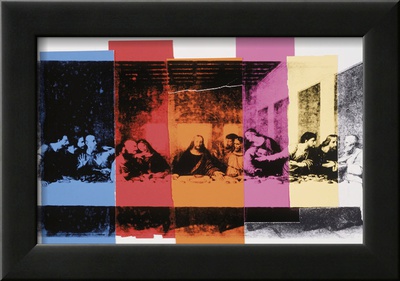Text: Mark 1:9-15
Look:

After his temptation in the wilderness immediately following his baptism is when Jesus makes the first pronouncement of his ministry, “The time is fulfilled , and the kingdom of God has come near; repent, and believe the Good News.” In True to Our Native Land a comment on this passage is, “God’s imperial reign is more about a holistic, societal, communal transformation than about individual salvation (p. 122-123).” With his imperative to believe “the good news,” and to repent (literally to transform), Jesus is calling for a new way of life that trickles into every part of society. Another detail that is lifted up through the African-American experience is what happens directly before Jesus’s pronouncement in verse 14 when John was unjustly arrested. This is similar to how many African-Americans are dis-proportionally arrested to other racial groups in our justice system. It is noted that, “One-third of all young African American men are currently in jail or prison, on probation, on parole, or awaiting trial (p.123)." Jesus is calling here, in this place of injustice, just as he was calling for it in the injustice he faced with the Romans, to act for the whole of God's Kingdom.
Listen:
This song is a traditional African-American spiritual, sung during times of the Underground Railroad to encode signals of passageway. The song was unearthed again during the Civil Rights movement and I think is beautifully portrayed here in,
“Soundtrack for a Revolution.” What signs of baptism do you see in this clip? What is being proclaimed? And how?
Wade in the Water
Chorus:
Wade in the water (children).
Wade in the water.
Wade in the water.
God's gonna trouble the water.
Verse 1:
If you don't believe I've been redeemed,
God's gonna trouble the water.
I want you to follow him on down to Jordan stream.
(I said) My God's gonna trouble the water.

You know chilly water is dark and cold.
(I know my) God's gonna trouble the water.
You know it chills my body but not my soul.
(I said my) God's gonna trouble the water.
(Come on let's)
Repeat Chorus
Verse 2:
Now if you should get there before I do,
(I know) God's gonna trouble the water.
Tell all my friends that I'm comin' too.
(I know) God's gonna trouble the water.
Sometimes I'm up Lord and sometimes I'm down.
(You know my) God's gonna trouble the water.
Sometimes I'm level to the ground.
God's gonna trouble the water.
(I know) God's gonna trouble the water.
Citations:
Wade in the Water: Traditional African American Spiritual. See
various editions.
Soundtrack for a Revolution. Written and Directed by Bill Guttentag and Dan Sturman. "Wade in the Water," performed by Angie Stone. 2009.
Blount, Brian K., gen ed. True to Our Native Land. Minneapolis: Fortress Press, 2007.
Boring, M. Eugene ad Fred B. Craddock, eds. The People's New Testament Commentary. Louisville: Westminster John Knox Press, 2004.
Originally published: 3/12/11





















